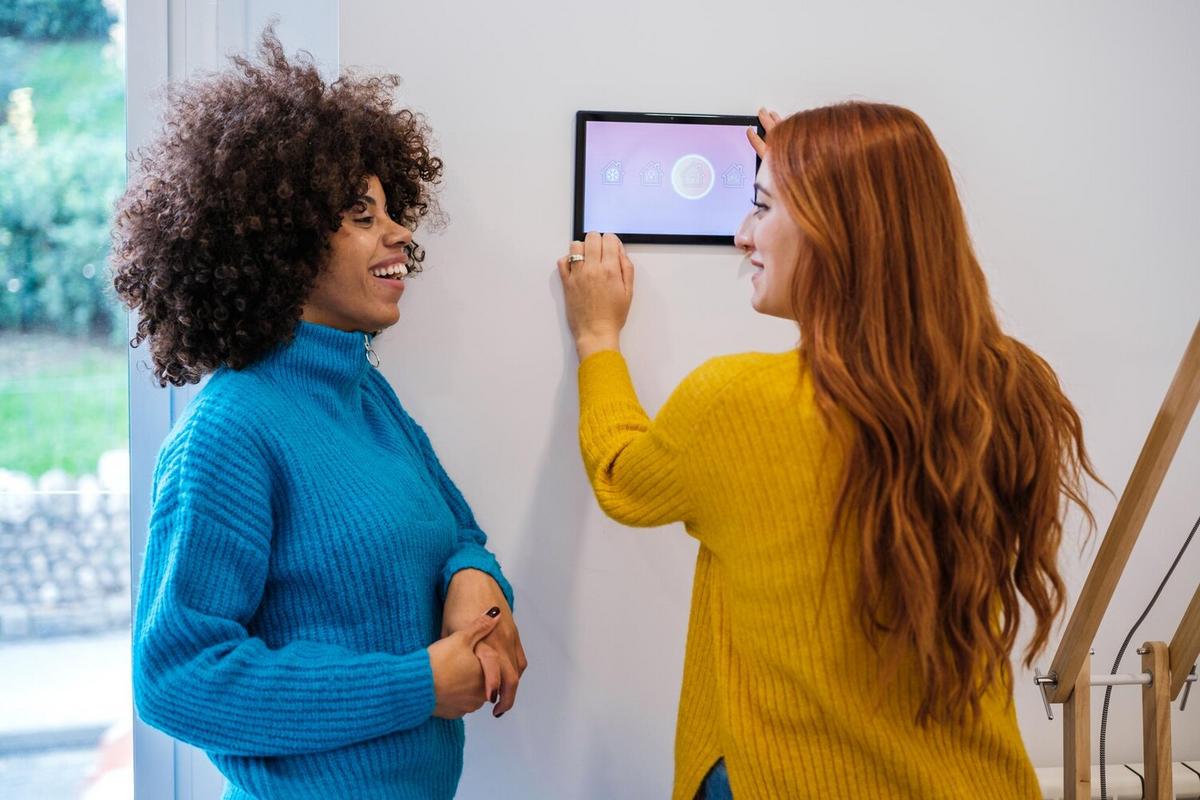
IoT in Agriculture: Increasing Efficiency and Sustainability
Agriculture has always been a cornerstone of civilization, but as global demands intensify, the integration of technology, specifically the Internet of Things (IoT), is reshaping traditional farming methods into efficient and sustainable practices.
In recent years, IoT has emerged as a transformative force in agriculture, offering innovative solutions that enhance productivity and sustainability. By embedding sensors, drones, and data analytics into farming, IoT enables real-time monitoring and decision-making that was previously unimaginable.
Understanding IoT in Agriculture
IoT in agriculture involves the use of interconnected devices to collect and analyze data, providing farmers with insights into their operations. This technology aids in precision agriculture, where farmers can optimize inputs like water and fertilizers based on precise data.
Expert Insights
“IoT in agriculture is not just about technology; it’s about transforming the way we produce food sustainably,” says Dr. Emily Carter, a noted agricultural technologist. “By leveraging IoT, farmers can achieve more with less, ensuring food security for future generations.”
Statistics Highlighting IoT’s Impact
According to a report by AgFunder, farms utilizing IoT solutions see a 15-25% increase in productivity due to enhanced monitoring and control systems.
Real-World Application
Consider a vineyard utilizing IoT sensors to monitor soil moisture and weather conditions. These sensors provide data that helps in precise irrigation, reducing water usage by up to 30% while maintaining grape quality.
Actionable Tips for Farmers
- Start small: Implement IoT solutions in a single area to measure impact before scaling.
- Regularly update and maintain devices to ensure optimal performance.
- Engage with IoT providers for training and support.
IoT Devices and Their Applications
| Device | Application |
|---|---|
| Soil Sensors | Monitor moisture levels and nutrient content |
| Weather Stations | Track microclimates and predict weather changes |
| Drones | Conduct aerial surveillance for crop health |
| Livestock Wearables | Track health and movement of animals |
| Automated Tractors | Perform precise planting and harvesting |
| Smart Irrigation Systems | Optimize water usage |
| Field Cameras | Provide real-time visuals to monitor fields |
| Remote-Controlled Machinery | Allow operations from afar |
FAQs
Frequently Asked Questions
How does IoT improve sustainability in agriculture?
IoT helps in precise resource management, reducing waste and environmental impact while enhancing productivity.
What is the cost implication of implementing IoT in farming?
Initial costs can be high, but long-term savings and increased yields often outweigh the initial investment.
Are IoT solutions adaptable to small-scale farms?
Yes, IoT solutions can be scaled to fit farms of all sizes, making them accessible to smallholders as well.
Conclusion
The integration of IoT in agriculture offers a promising path towards more efficient and sustainable farming practices. By adopting IoT technologies, farmers can not only increase their productivity but also contribute to a more sustainable future. As the world continues to grapple with food security challenges, IoT stands out as a key enabler in the quest for a more resilient agricultural sector.


